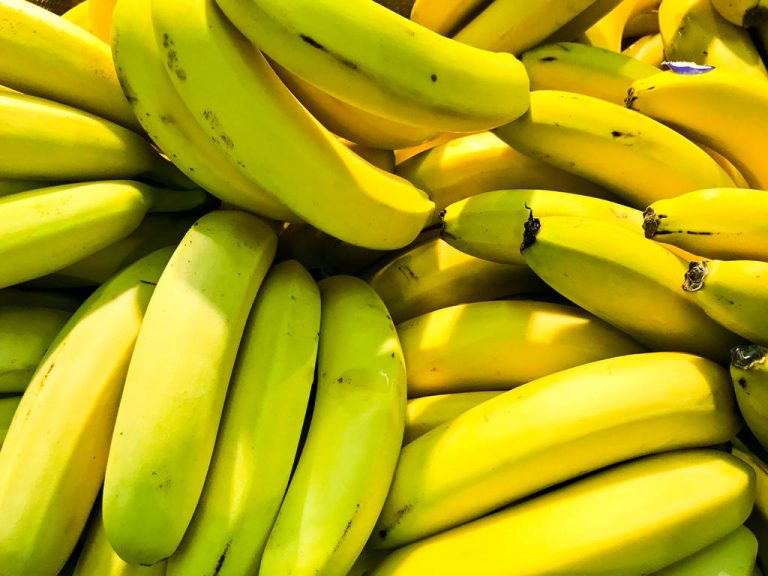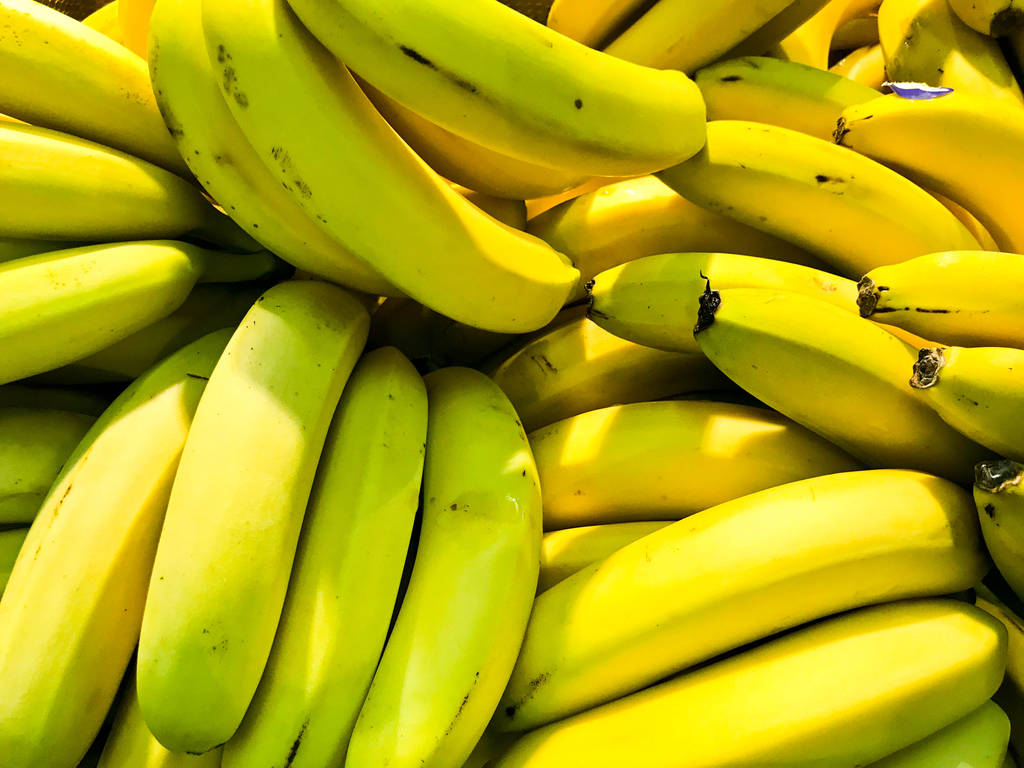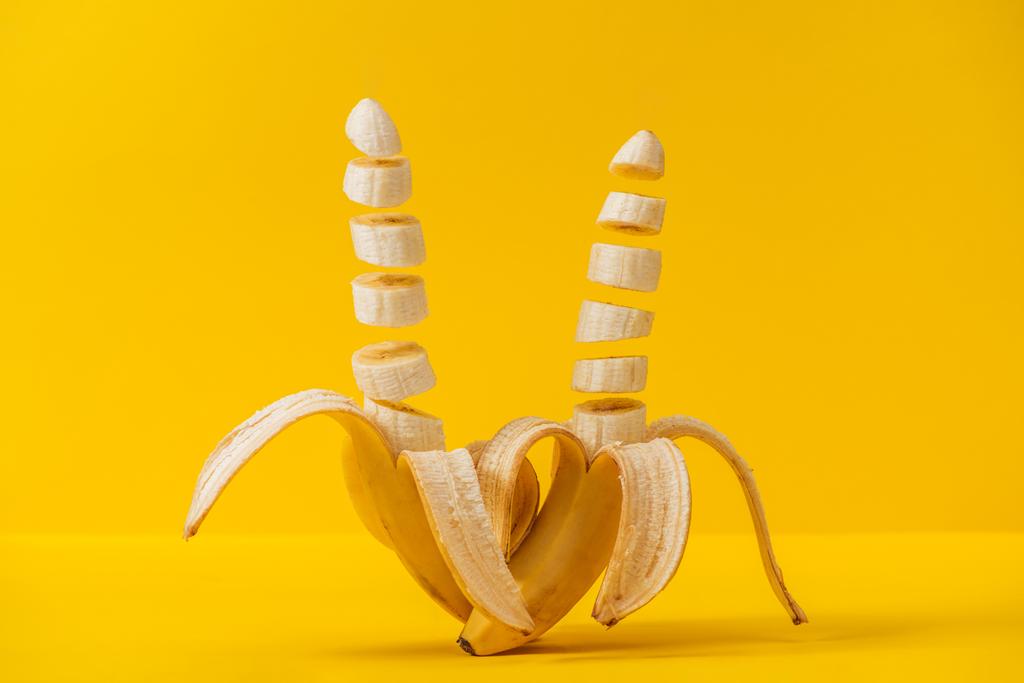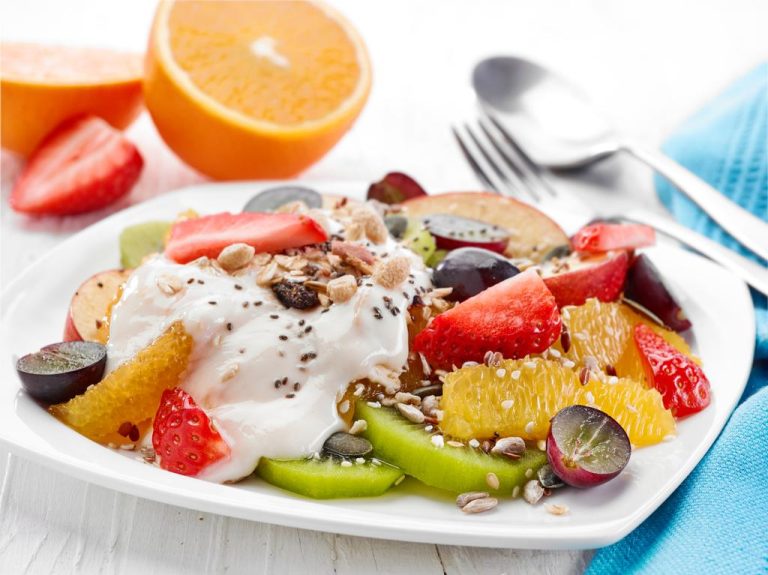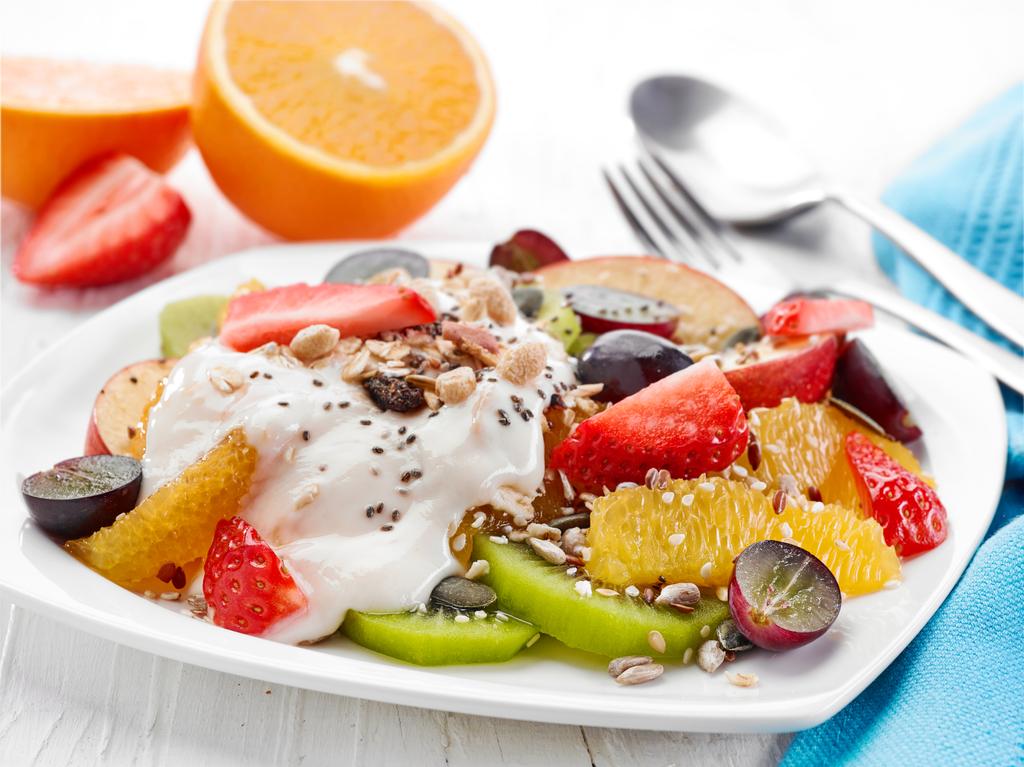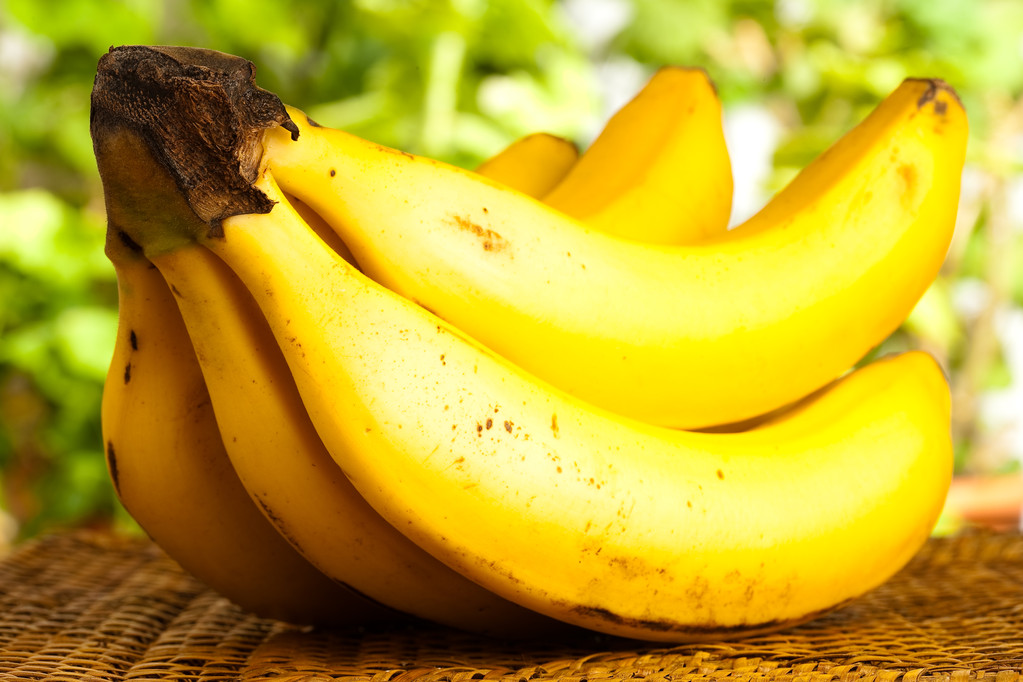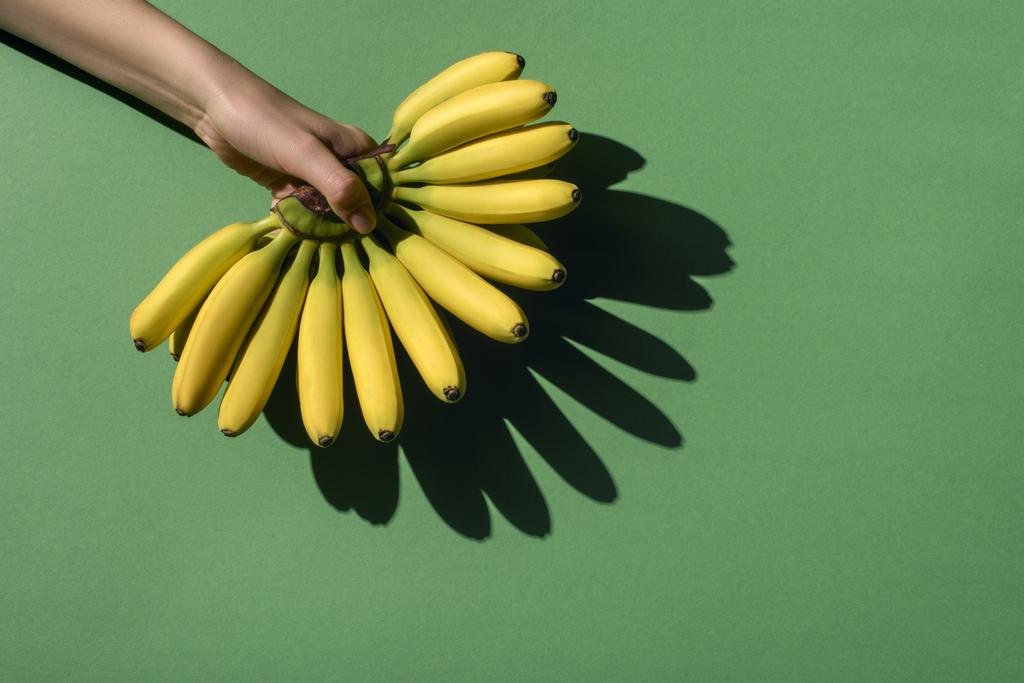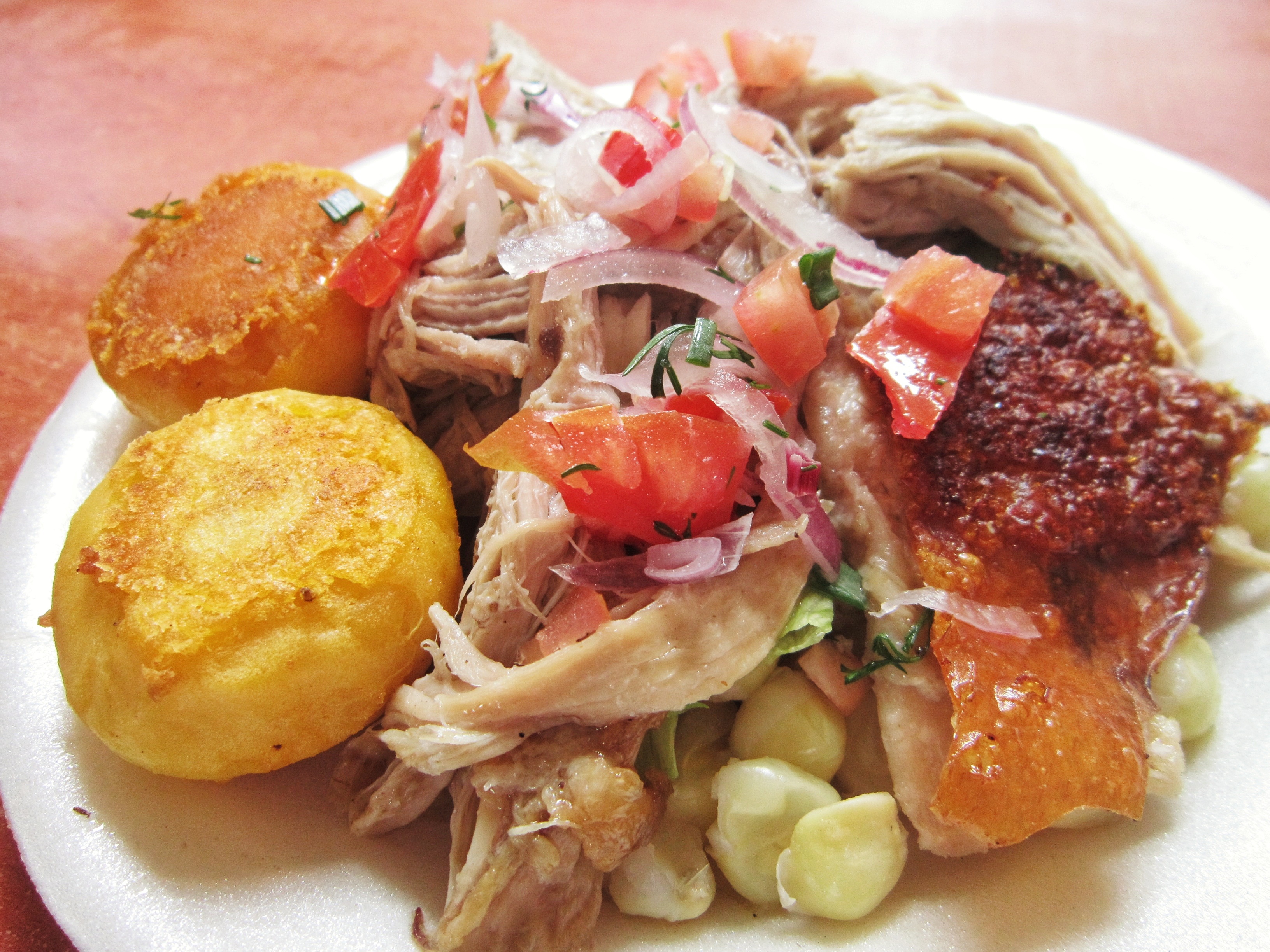Clever household tips for storing bananas properly and making them last longer. You will also learn tricks for peeling bananas and the versatile use of banana peels. Because these can be helpful for cleaning, skincare, and in the garden.
Proper use of bananas and banana peels
Bananas are delicious and very healthy. Because they contain vitamins such as vitamins A, C, K, and B6. It also contains minerals such as magnesium and potassium. And these are important for the function of our muscles and nerves. They are also important for energy production. And you will also find nutrients such as phosphorus, iron, calcium, and zinc here. That sounds like a super fruit. Although it is not one of the usual superfoods, it and especially its banana peel are versatile. In the following we have collected the most important tips and tricks for recycling:
1) Store bananas properly
Since bananas are tropical fruit that quickly continues to ripen and spoil at room temperature, the most important thing after purchase is the correct storage of the food. So there are two things you can do to make those delicious fruits last longer. For one thing, you shouldn’t store bananas with apples. And on the other hand, you should divide the banana tree. Consequently, place the fruit individually in a fruit basket. Then the yellow fruits do not spoil so quickly and stay fresh longer.
2) Make bananas last longer

There are many tips for making food last longer. The simplest form is to put the bananas in the fridge. Because it’s dark and cool there. And a lower temperature and lack of light protect the banana from ripening. It can also help to hang up the bananas or wrap the stalk in cling film.
3) Use banana for a delicious smoothie
In many recipes for making smoothies you use the banana. Because this gives the smoothie a nice and creamy consistency. You can also bring in a great sweetness by using very ripe banana fruits. SO it’s a good way to use up slightly older bananas.
4) Banana peel for a headache?
Some people swear by banana peels as a home remedy for headaches. Then put the bowl on your forehead and try to relax. If you want to get a better effect, the bowl should be cool. Or put a cold compress over it. However, you have to try it yourself to see if it works for you.
5) Use as a home remedy to whiten teeth
Many dreams of sparkling white teeth and are meticulously looking for ways to whiten their teeth. One possibility is to use the banana, more precisely all of its skin. To do this, you need to rub your teeth regularly on the inside of the shell. However, there is insufficient scientific evidence and the high acid content is suspected of damaging teeth.
6) To treat insect bites
If you suffer from skin irritation, itching, or nasty insect bites, you can relieve the discomfort with the peel of a banana. Accordingly, to relieve insect bites, place the inside on the affected area for a few minutes. Itching and swelling are then reduced. So it’s a great way to recycle old banana skins.
7) Reduce blemishes with banana peels
Banana peels are also said to work well for treating blemishes like acne. It helps in particular with acne symptoms because it contains valuable iron, zinc, vitamins, and antioxidants. So wear it inside out on your skin and watch how you see improvement and beautiful skin after a few weeks.
8) Use as a natural anti-aging agent
The banana is also used in dermatology, as already mentioned in the point above. The vitamins and antioxidants in particular ensure that the skin remains young and firm. So if you want to use banana peels as a clever anti-aging remedy, rub the inside regularly around your problem areas, such as your eyes and forehead.
9) Banana peel helps remove warts
At the same time, you can use the banana peel to remove warts. Accordingly, you must leave the peel on the wart overnight for at least a week. Then the enzymes contained help to fight this nuisance. It is best to cut a small piece out of the shell and attach it to the wart with a plaster.
10) Clean shoes with banana peel
The empty skin of the banana is an inexpensive, ecological and effective shoe polish for smooth leather shoes! So just rub the inside of the banana peel on your shoes and let it soak in for a moment. Then you have to polish the shoes with a clean and dry cloth and you’re done. The oils and potassium contained in the banana peel care for smooth leather shoes and give them a great shine! Cleaning shoes has never been so easy.
11) Polish cutlery and jewelry with banana peels

You can just as well use the leftover shell to polish cutlery or jewelry. You can use it to clean chrome, stainless steel, and silver in particular. So you can clean sustainably and do without chemical cleaning agents. Please also note our tips for cleaning cutlery and jewelry.
12) Repel aphids with banana peels
There are many tricks to get rid of aphids. One of them is the use of banana peels. To do this, cut the peel of the banana into small pieces and spread them around the affected plant. In the best-case scenario, other pests can also be kept away in this way.
13) Use as a natural fertilizer
At the same time, you can recycle old banana peels by using them as a natural fertilizer. This is particularly useful for caring for indoor plants. To do this, put the bowl in the watering can fill with water. Then leave her in it. Consequently, valuable nutrients are released from the shell into the water. However, you should change the shell regularly so that no mold develops.




